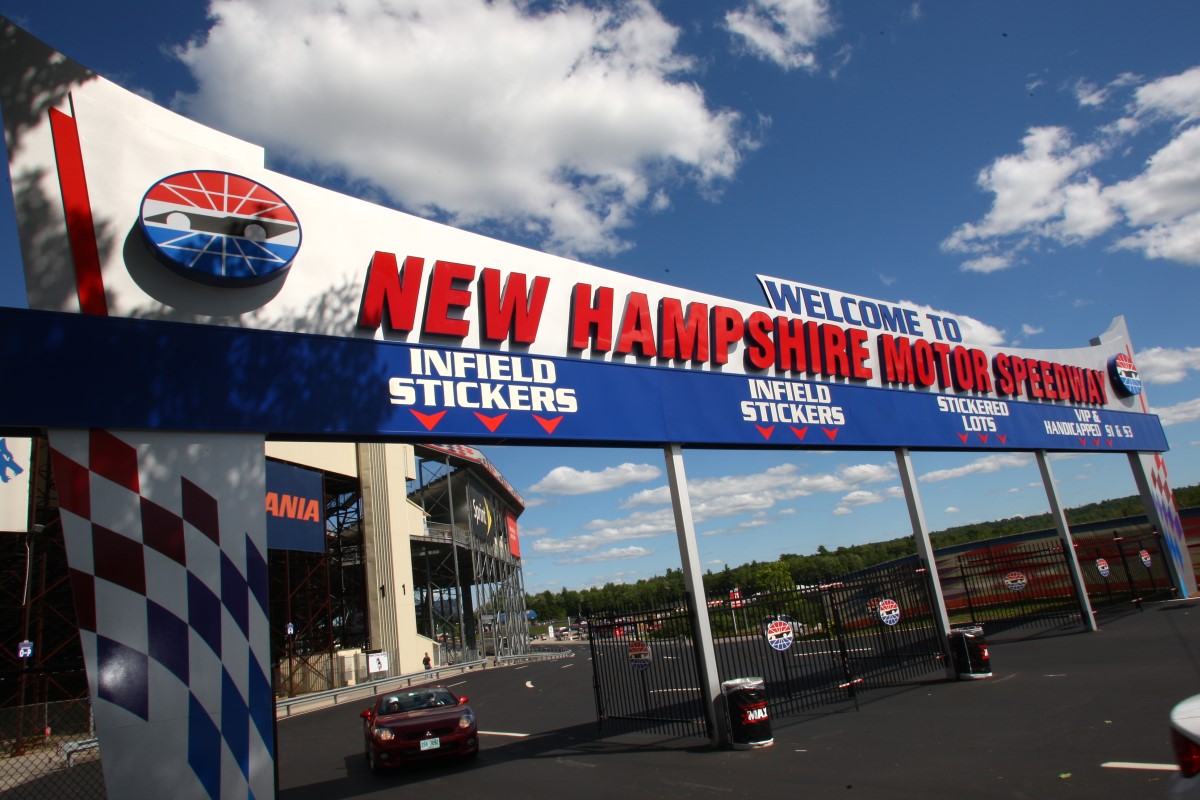Can IndyCar succeed in New England where it has failed before?
 |
| IndyCar failed miserably in New Hampshire. Will the party atmosphere of downtown Boston make it an annual pilgrimage for IndyCar? |
The clean, quick, jet-like whine produced by turbo-charged Indy car engines will reverberate throughout the Boston Seaport district next Labor Day weekend after the Verizon IndyCar Series announced Thursday it plans to expand its 2016 schedule to include the Grand Prix of Boston.
The race will be held Sept. 2-4, 2016, and contested over an 11-turn, 2.25-mile temporary street circuit that will encircle the Boston Convention and Exhibition Center. It will mark the first time the IndyCar Series has raced in the Boston area but will not be the first time open-wheeled Indy cars have raced in New England.
New Hampshire Motor Speedway in Loudon, N.H., hosted the New Hampshire Indy 225 in 2011, marking the return of Indy cars to New England after a 13-year hiatus. New Hampshire International Speedway, as it was known until 2008, held a CART Champ Car event from 1992-95 before switching to the fledgling Indy Racing League Series until running its course at the 1.058-mile oval in 1998.
After staging a rain-hampered 225-lap race at NHMS won by Ryan Hunter-Reay, the 2014 Indianapolis 500 champion, track officials decided to part ways with the IndyCar Series after sustaining a $1 million loss on the event, prompting New Hampshire to be dropped from 2012 IndyCar Series schedule.
But, IndyCar Series officials hope, Boston would be different, if not a better entry point into the important Northeast market.
"First of all, obviously it's a great thing for the IndyCar Series to be in a big city, big market in the Northeastern part of the United States," said Mark Miles, CEO of Hulman and Co., parent company of the IndyCar Series and Indianapolis Motor Speedway, during a press conference Thursday in Indianapolis.
"When you think about our street races, you go from Boston to St. Pete to Long Beach to Detroit to Toronto," Miles said. "We've now really kind of blanketed the country. It's a great part of our circuit, a great style of racing. To be in Boston kind of completes the geography of the strategy in developing the series."
Miles credited the "tremendous amount of work from community leaders and Grand Prix Boston officials," as key efforts in the addition of Boston to the 2016 IndyCar schedule.
Mark Perrone, CEO of the Grand Prix of Boston, spearheaded the local organizing effort that hammered out a four-year agreement with IndyCar officials, an effort three years in the making. Perrone said it gained significant traction once Mayor Martin J. Walsh embraced the event as a potential vehicle to help drive local tourism.
"Boston is a destination, [where] we have 23 million visitors a year here to see the history, the sights, [and] visit," Perrone said. "Some of the great things we have here is sports. I don't want to brag, but we've won a number of championships here in professional sports. We hope to continue that legacy here with championship racing with the Verizon IndyCar Series.
"We have some great opportunity in the market," Perrone added. "Boston has, I believe, the second largest Brazilian population in North America. We have some great drivers from Brazil in the series."
Derrick Walker, IndyCar Series president of competition and operations, was instrumental in helping to design the layout of the temporary street circuit.
"There's actually two unique features about this racetrack," Walker said. "One you've seen before, and that is a section of the racetrack goes under the hotel complex there. So it's the sort of mini-Monaco feel to it for anybody who has been in Monaco.
"The most unique feature, which I don't think I've seen before, which is a Tony Cotman design, I believe, is the pit lane is actually on both sides of the pits. There's pits [on] either side and there's two lanes down the middle.
"You can see what's going to happen," Walker added. "Pit stops come in, they emerge, they've got two lanes, and it will blend into one as they go out. I think that's going to add a completely different dimension to pit stops, so that is very unique to this Boston track."
Another will be the six different junctures on the track that will promote passing, which will be a huge draw for drivers and fans alike, said Team Penske driver Will Power, the reigning IndyCar Series champion.
"Just looking at it, it looks like a very well laid-out track for passing," Power said. "That's what's important for a street course. I think street course racing is really awesome. It brings the racing to the people. Just the fact that you're racing these superfast cars with a lot of horsepower around the streets, I think people are going to love it.
"To have a race there on the East Coast I think is very important for the series. I think the city is right behind it. They're talking about repaving it and all that. I think when you get that sort of support behind it, it is always a successful event." Michael Vega/Boston Globe
